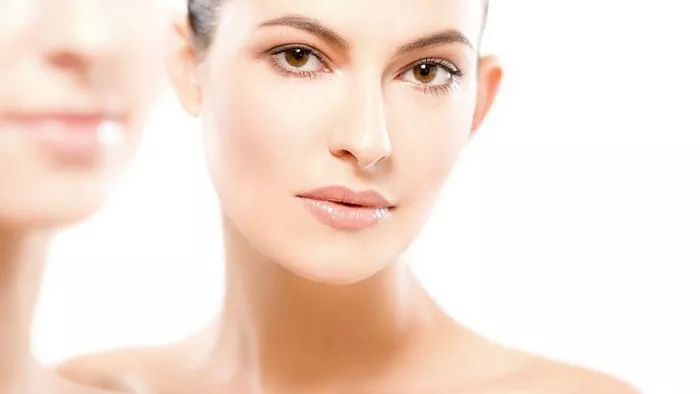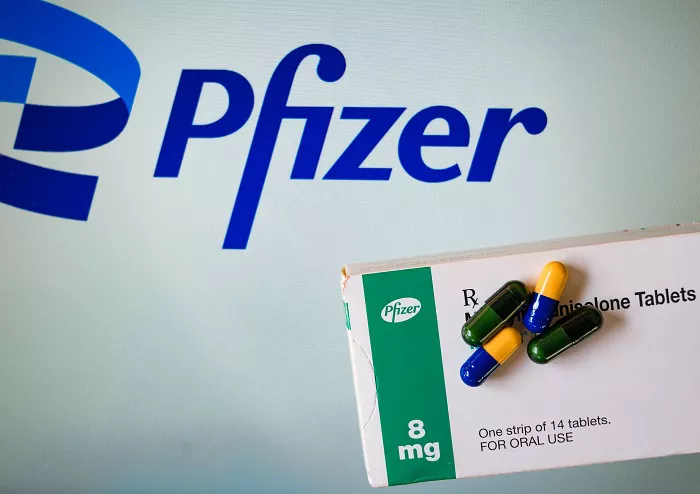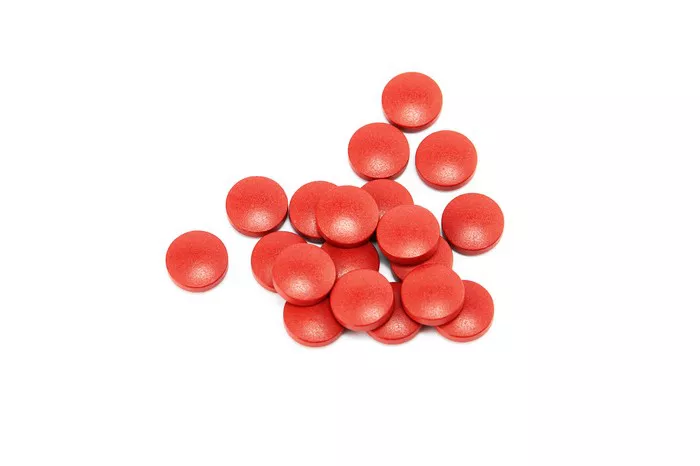A cut on the face can feel like more than just a minor injury—it’s a visible blemish that draws attention, makes us self-conscious, and often lingers longer than expected. While the body is remarkably efficient at healing itself, facial skin is delicate and prone to lingering redness even after the cut has closed. Whether your facial cut came from shaving, a pimple-picking mishap, an accidental scratch, or a minor injury, the redness it leaves behind can be frustrating.
Redness is part of the body’s natural healing response. When the skin is injured, blood flow increases to the area to deliver immune cells and nutrients needed for repair. This can cause inflammation, warmth, and that unmistakable red flush around the wound. While this response is necessary for recovery, it can be cosmetically troubling, especially when it lingers long after the wound has technically healed.
Understanding how to reduce that redness gently and effectively requires a little knowledge about skin biology, healing phases, and the right combination of skincare strategies. In this article, we’ll walk through everything you need to know—from first aid basics to advanced skincare techniques—to minimize and eventually eliminate redness from facial cuts.
What Causes Redness After a Facial Cut?
When your skin gets cut, the body immediately springs into action to begin repairing the damage. In the initial phase of healing, blood vessels dilate to deliver white blood cells and platelets to the site of injury. This vascular response increases redness and swelling, which is completely normal. The redness may persist during the healing process and even afterward, especially if the surrounding skin is sensitive.
This redness often comes from inflammation, broken capillaries, and post-inflammatory erythema. If the cut was deep or repeatedly irritated—such as by touching, picking, or applying harsh products—it may take longer for the redness to fade. Some people are more prone to residual redness due to skin type, underlying conditions like rosacea, or a tendency toward hyperpigmentation.
Redness can also worsen with sun exposure, improper skincare, or infection. That’s why treating a facial cut isn’t just about healing the wound—it’s about creating an environment that supports calm, clean, and controlled skin regeneration.
Immediate First Aid for Facial Cuts
The first step to reducing redness is managing the wound correctly from the start. Immediately after a cut, it’s important to clean it with gentle soap and water. Avoid alcohol or hydrogen peroxide, which can irritate and dry out the skin, slowing the healing process. Pat the area dry with a clean towel—never rub—and apply a soothing ointment like petroleum jelly or an antibiotic cream.
Keep the cut moisturized and covered during the early healing phase. Moist wound environments promote faster and less noticeable healing. Leaving a cut exposed to air may scab it faster, but it also increases the chances of lingering redness and scarring.
If you treat the wound gently and protect it from external irritants, you’ll set the stage for quicker healing with minimal aftereffects. Try not to touch or pick at the area, as doing so can reopen the wound and increase the chance of permanent discoloration.
Soothing the Redness as the Cut Heals
Once the wound has closed and is no longer bleeding or oozing, your focus can shift toward calming the inflammation. One of the most effective ingredients for this stage is aloe vera. Natural aloe gel has anti-inflammatory and skin-repairing properties. It cools the skin, soothes redness, and hydrates without clogging pores.
Another helpful option is centella asiatica (cica), a traditional healing herb found in many modern creams and serums. Cica helps stimulate collagen production while calming skin irritation and promoting barrier repair. It’s ideal for soothing the skin post-injury.
Niacinamide, or vitamin B3, is another excellent ingredient to look for in serums or moisturizers. It reduces redness, strengthens the skin barrier, and minimizes hyperpigmentation. When used consistently, it can dramatically improve the appearance of red or pink marks left by healed wounds.
Cold compresses can also help constrict blood vessels and reduce flushing in the short term. Gently pressing a cold, damp washcloth to the area for a few minutes each day can ease inflammation without shocking the skin.
How to Fade Long-Term Redness and Pink Marks
Even when a cut has completely healed, you may still be left with post-inflammatory erythema (PIE)—a type of pink or red discoloration that’s especially common on the face. Unlike post-inflammatory hyperpigmentation, which shows up as brown spots, PIE is more vascular in nature. It’s caused by dilated blood vessels that haven’t yet returned to normal.
To fade these marks, consider incorporating gentle exfoliation into your routine. Products with lactic acid or mandelic acid—both mild AHAs—help speed up cell turnover without triggering irritation. These ingredients encourage new, fresh skin to come to the surface, pushing out the discolored cells.
Vitamin C serums are also highly effective. Not only do they brighten the complexion and protect against further irritation from free radicals, but they also help fade residual redness by supporting healthy capillary repair.
Red LED light therapy, which is becoming increasingly popular in at-home skincare devices, can also help reduce lingering redness. The gentle wavelengths penetrate the skin to stimulate healing, reduce inflammation, and enhance circulation.
Protecting the Area from Sun Exposure
If there’s one rule you must follow when dealing with facial redness, it’s this: never skip sunscreen. UV rays significantly worsen redness and can turn a temporary pink spot into a long-lasting scar or brown patch. Newly healed skin is especially vulnerable to sun damage because it has less melanin and is thinner than surrounding areas.
Use a broad-spectrum SPF 30 or higher every single day, even if you’re indoors. Reapply if you’re spending extended time outside. Choose a sunscreen that’s fragrance-free and formulated for sensitive skin to avoid irritating the area.
Mineral sunscreens containing zinc oxide or titanium dioxide are great options, as they also have anti-inflammatory benefits and provide a physical shield without chemical absorption. A tinted mineral sunscreen can even help blur the look of redness while offering protection.
What to Avoid When Treating Facial Redness
While you may be eager to make the redness go away fast, using the wrong products can actually delay healing or make things worse. Avoid harsh exfoliants, strong acids, retinoids, or scrubs on healing or recently healed skin. These can strip the protective barrier and trigger irritation.
Don’t use essential oils, heavy fragrances, or alcohol-based toners. These can sting, dry out, or inflame the delicate skin that’s still in recovery mode. Even natural ingredients can be problematic if they’re not specifically designed for sensitive or post-injury skin.
Avoid hot water and steam, as heat dilates blood vessels and can exacerbate redness. When washing your face, use lukewarm water and pat dry with a soft towel.
And as tempting as it might be, never pick at scabs or peeling skin. Letting your skin shed naturally ensures less trauma and a lower risk of red or dark marks.
Gentle Skincare Routine to Reduce Redness
Creating a soothing skincare routine tailored to healing can make a big difference in how your skin looks and feels after a cut. Here’s a simple and effective plan:
Morning:
- Cleanse with a gentle, non-foaming cleanser.
- Apply a hydrating toner or mist.
- Use a serum with niacinamide or vitamin C.
- Follow with a light moisturizer that contains cica or ceramides.
- Apply broad-spectrum SPF 30 or higher.
Evening:
- Cleanse gently to remove dirt and makeup.
- Use a calming toner with green tea or chamomile.
- Apply aloe vera or snail mucin essence.
- Use a restorative serum or cream.
- Seal in moisture with a barrier-repairing moisturizer.
Stick with this kind of calming, restorative routine for at least a few weeks, and avoid switching products too frequently. Skin healing is a gradual process, and consistency is more important than speed.
When to See a Dermatologist
In most cases, redness from a facial cut will gradually fade with proper care and patience. However, if the redness doesn’t improve after several weeks—or seems to be getting worse—it may be time to consult a dermatologist. Persistent redness could indicate:
- A broken capillary that needs laser treatment
- An underlying skin condition like rosacea or eczema
- A mild infection or improper healing process
- Scarring that may benefit from medical intervention
A dermatologist can offer in-office treatments like laser therapy, chemical peels, or prescription-strength creams to help reduce visible redness and speed up recovery. If the cut was deep or left an indented scar, microneedling or filler options may be discussed.
Final Thoughts
Getting rid of redness from cuts on the face is not about rushing the process—it’s about supporting your skin’s natural healing while avoiding things that can interfere or worsen the irritation. With the right combination of gentle care, calming ingredients, sun protection, and smart product use, your skin can return to its clear, even-toned appearance over time.
Redness after a facial cut is common, temporary, and manageable. By being patient and using targeted, skin-friendly products, you can help your skin recover quickly and gracefully—without permanent reminders of a minor mishap. Remember, healing is a journey, but with the right guidance, your skin will find its way back to balance and beauty.
Related Topics



































